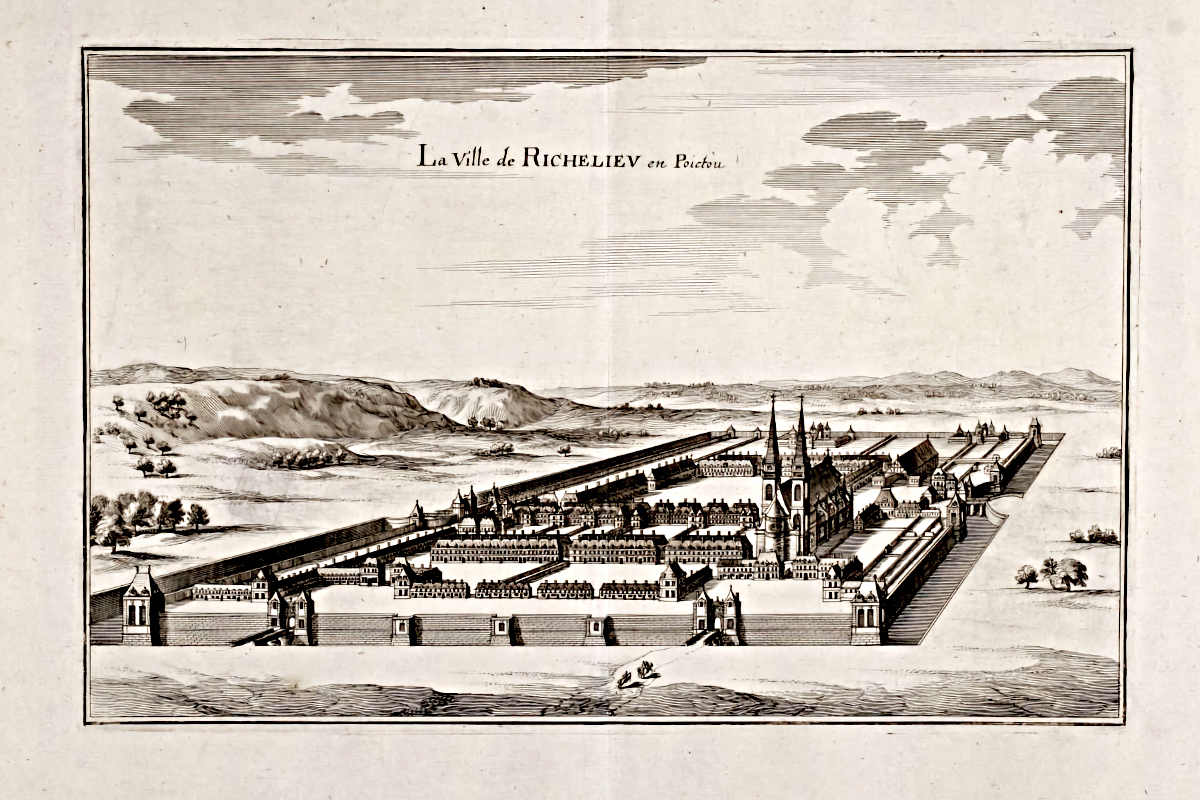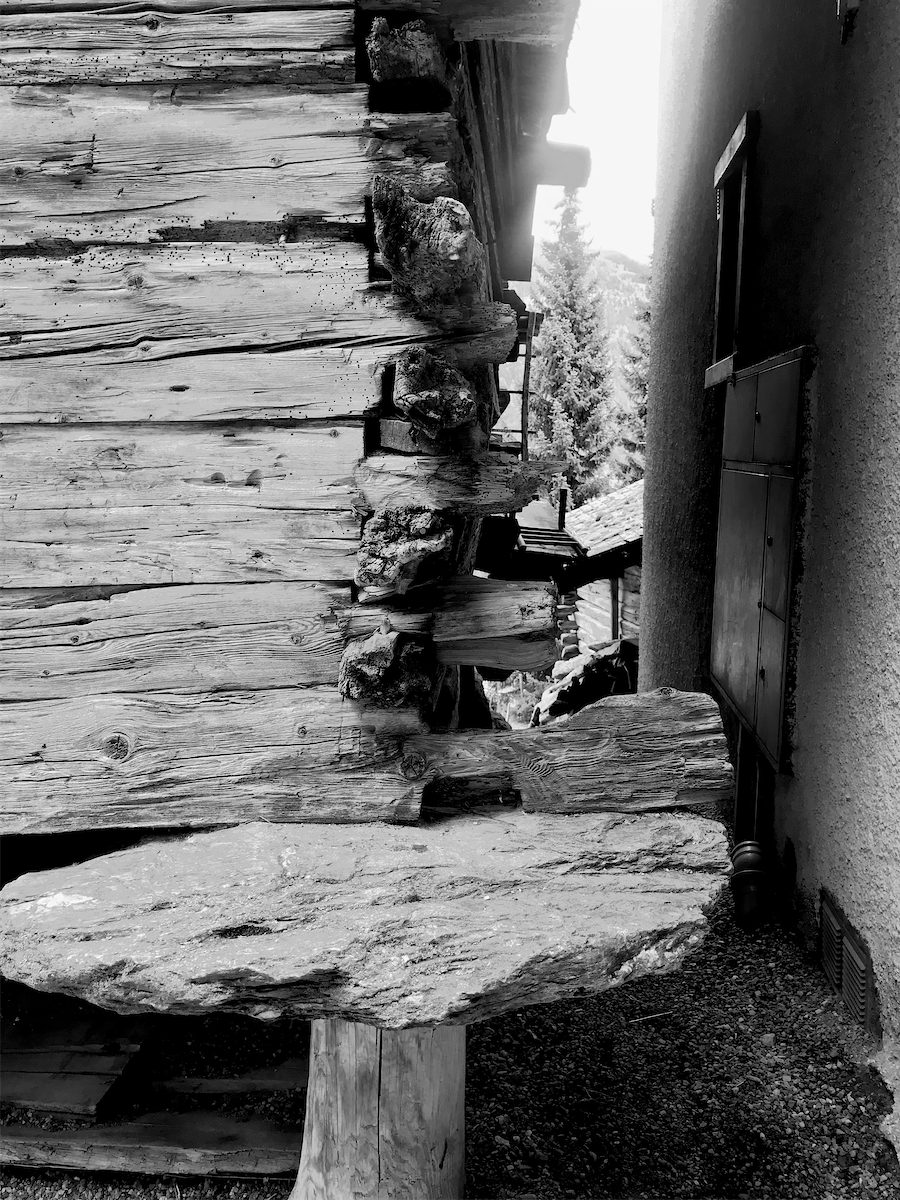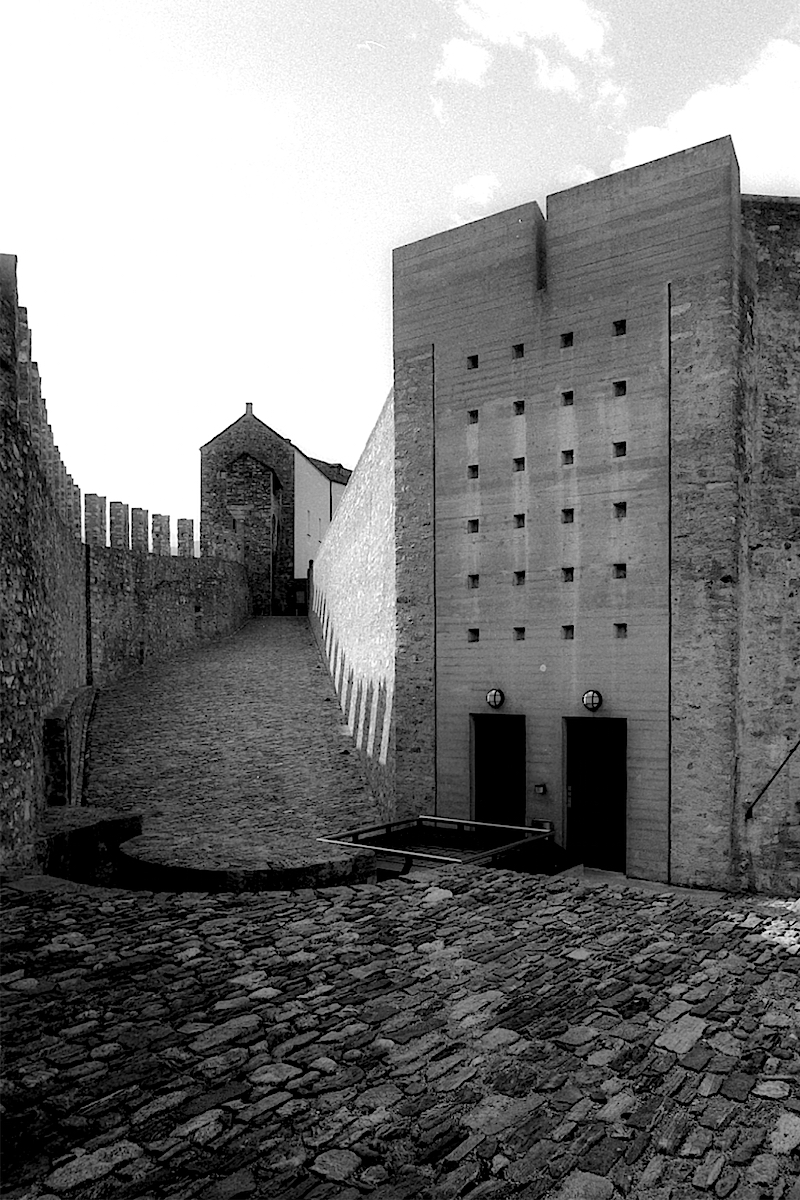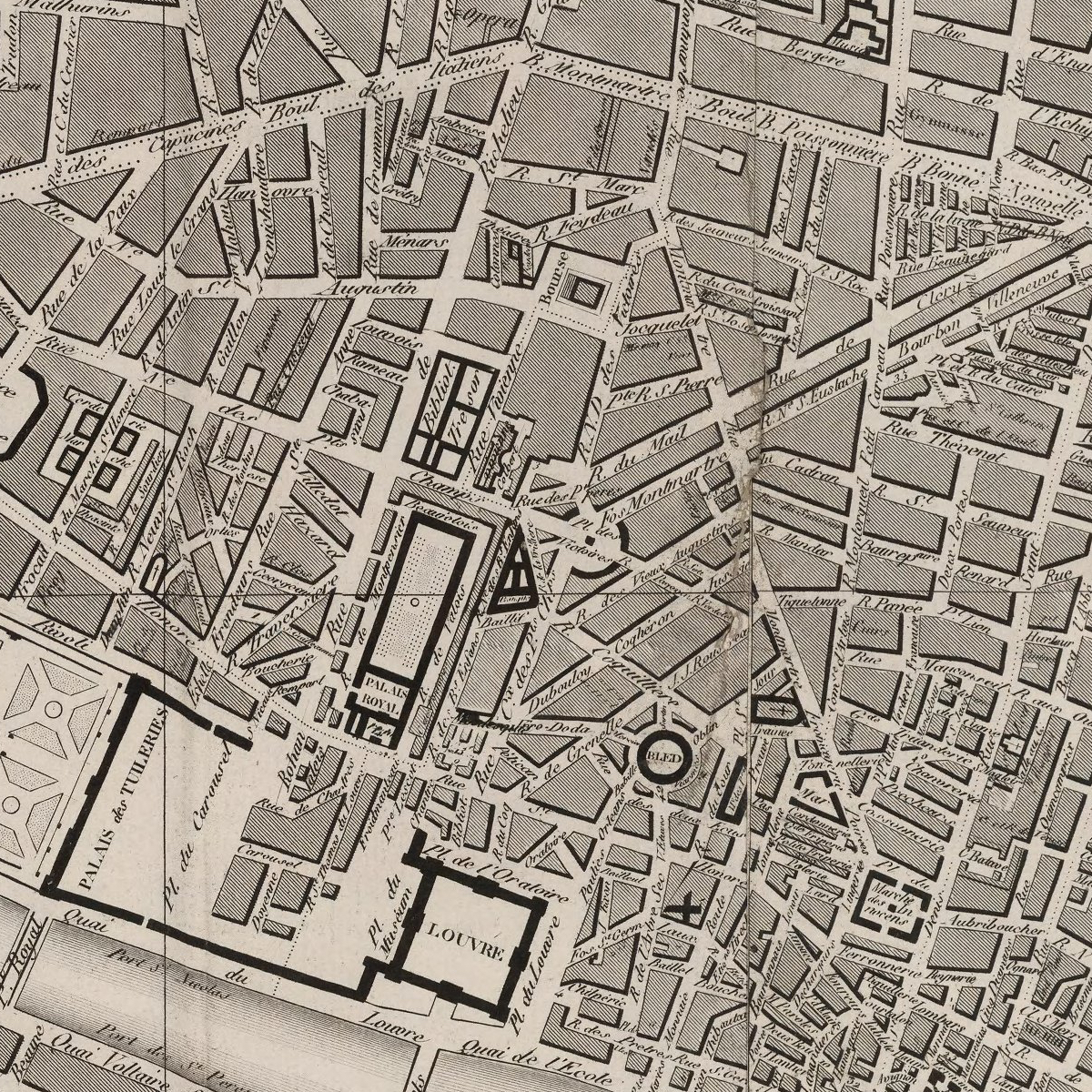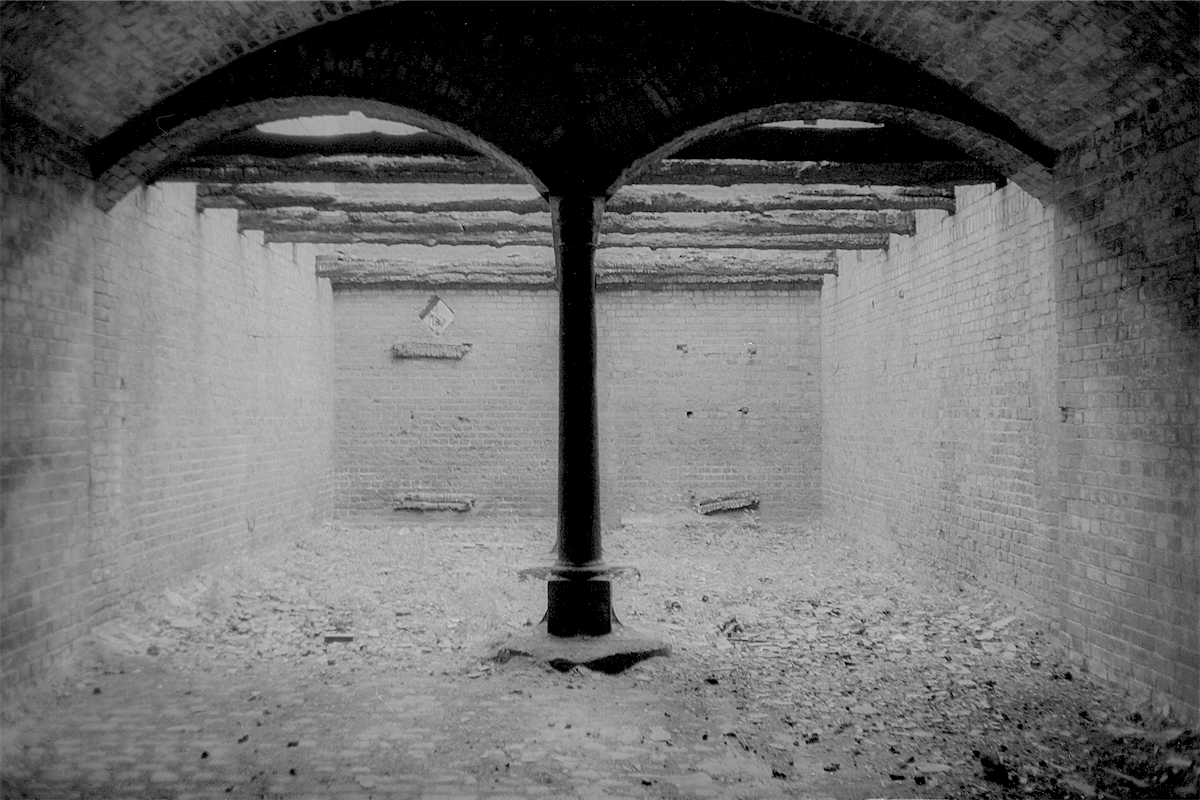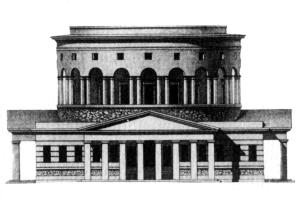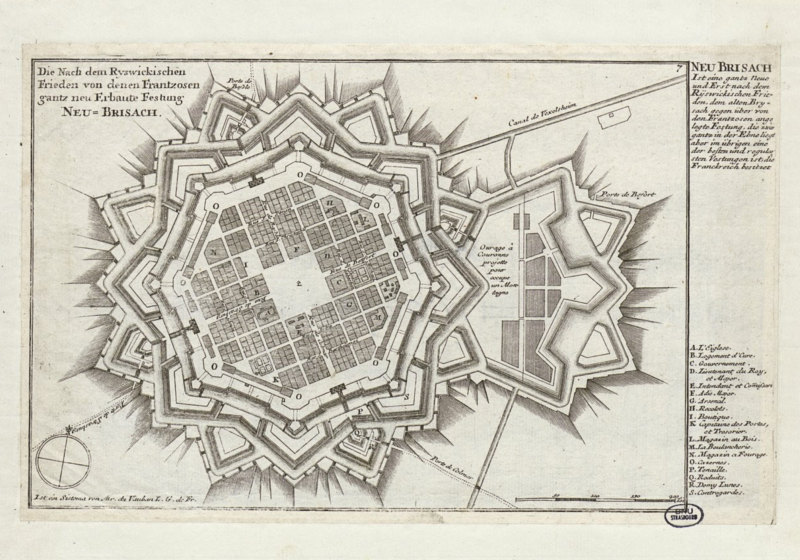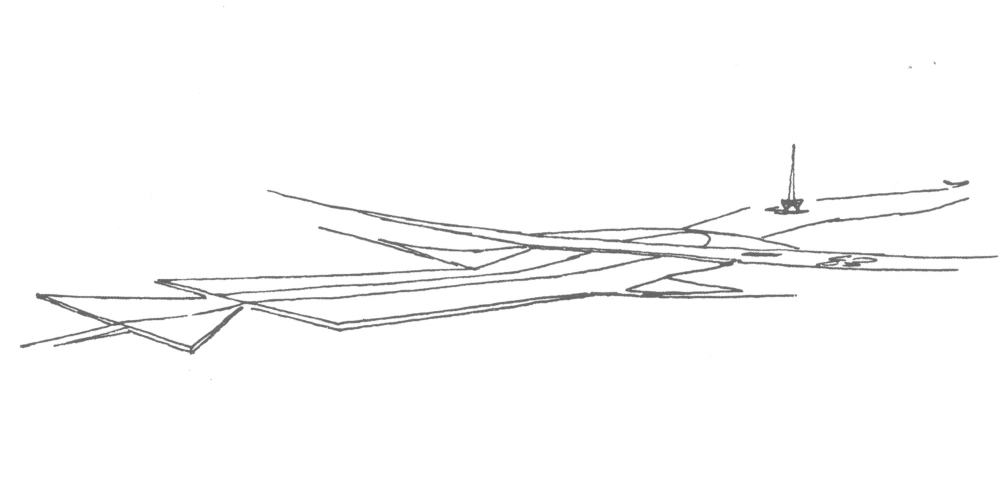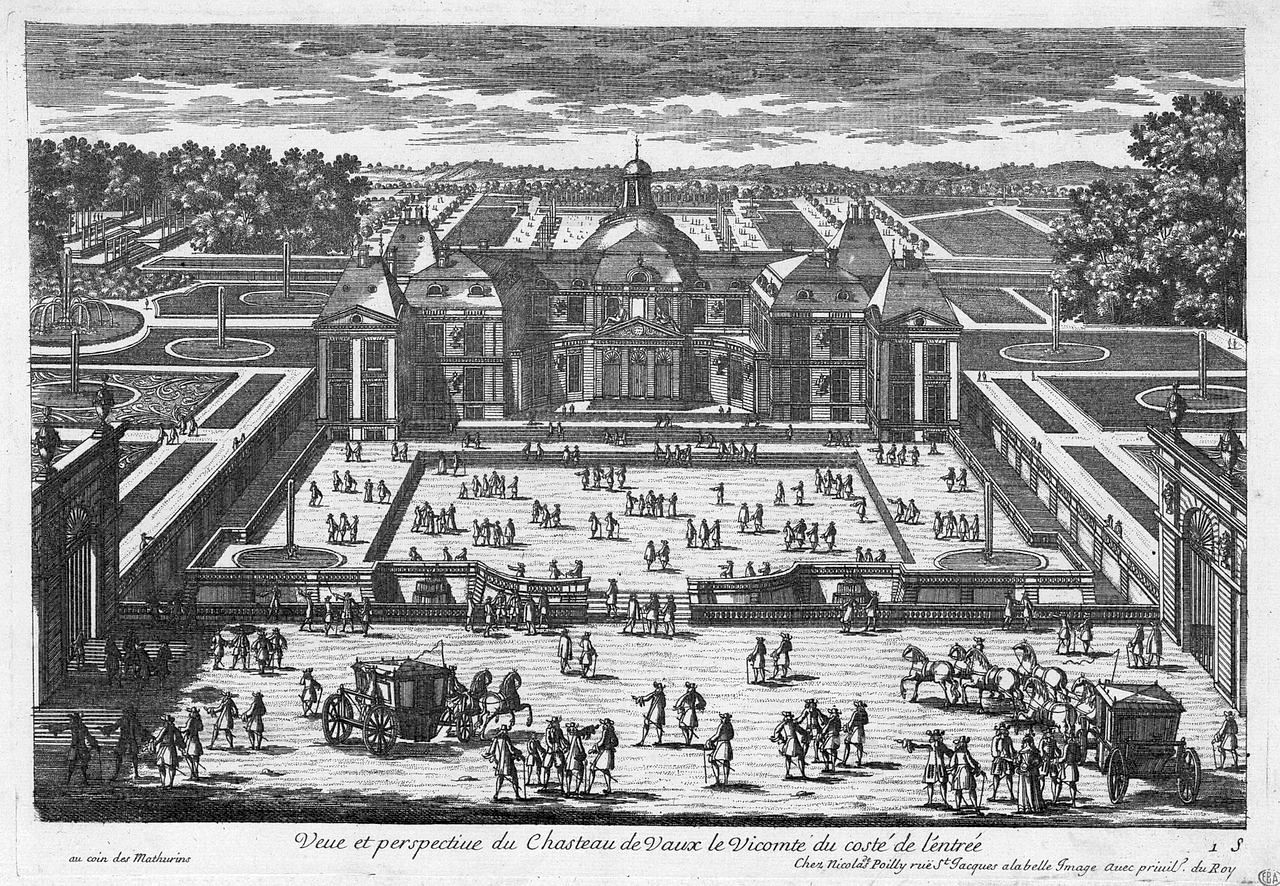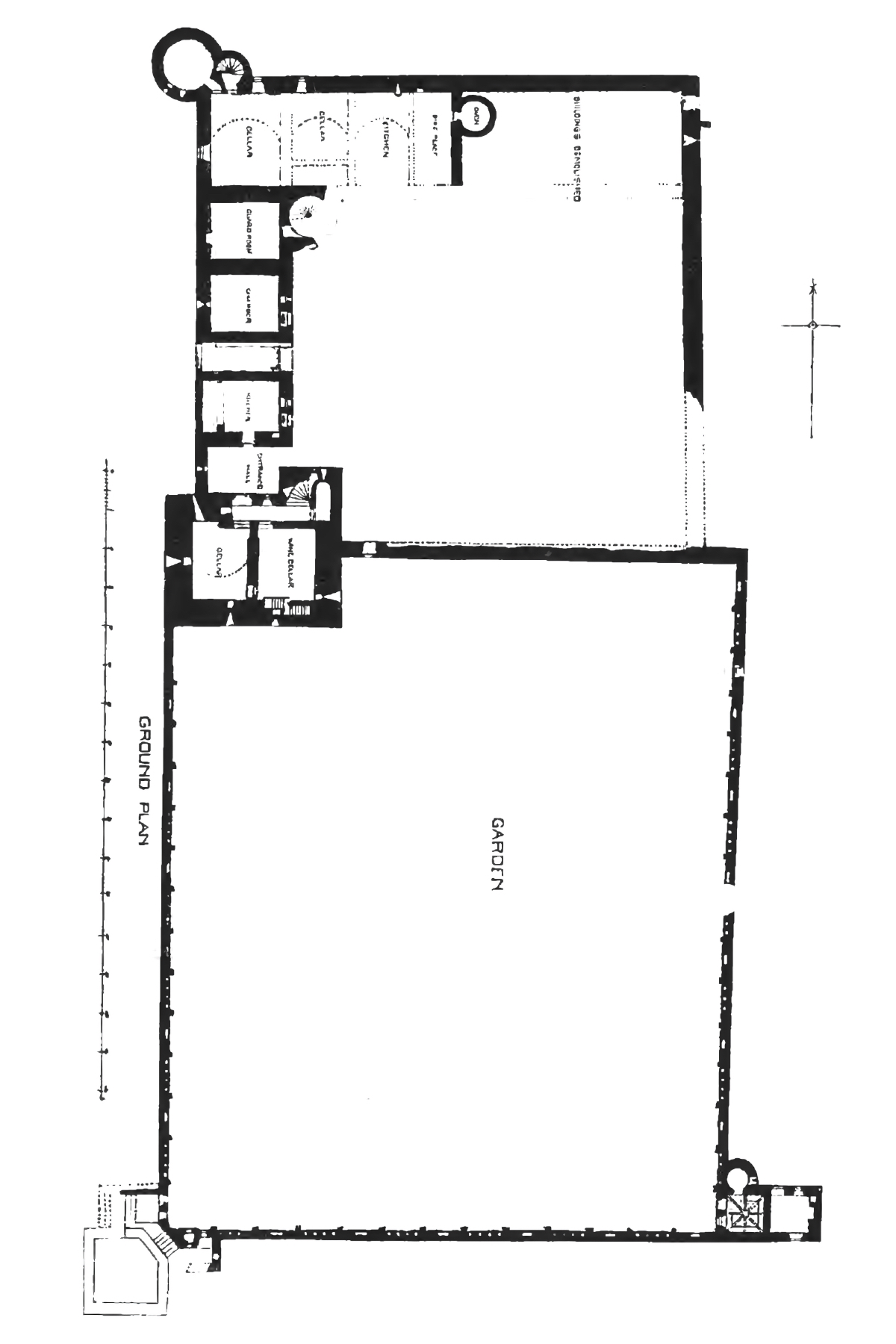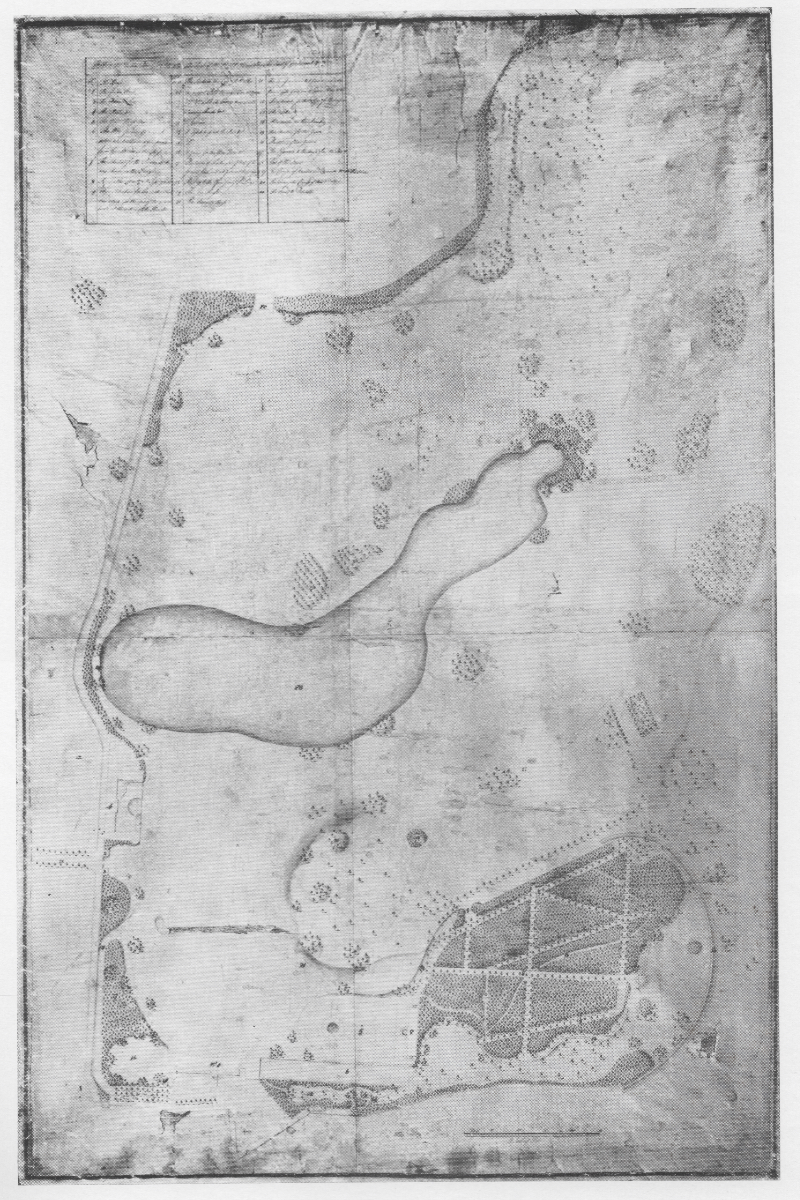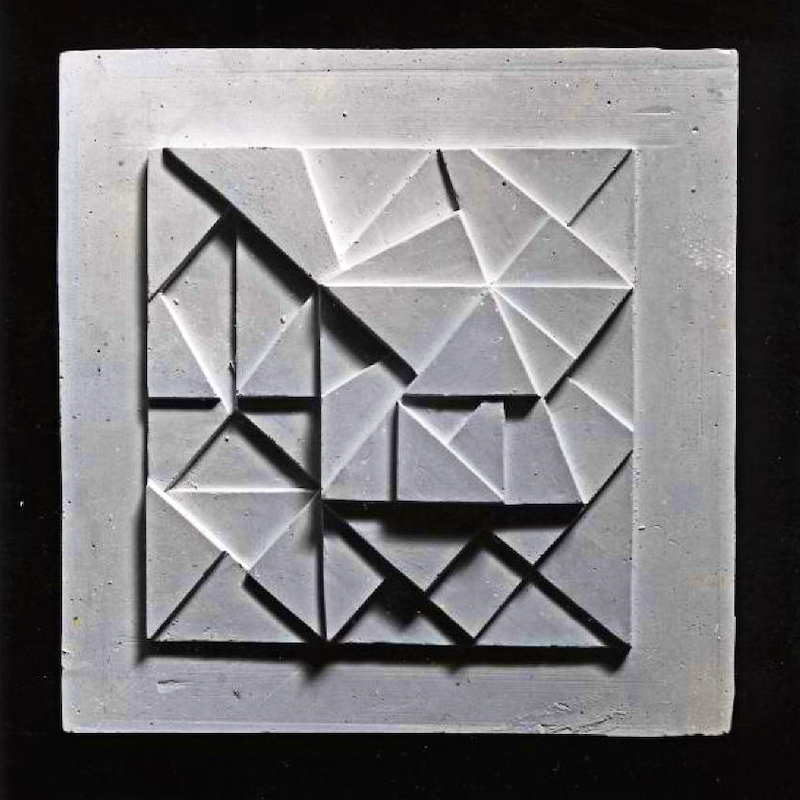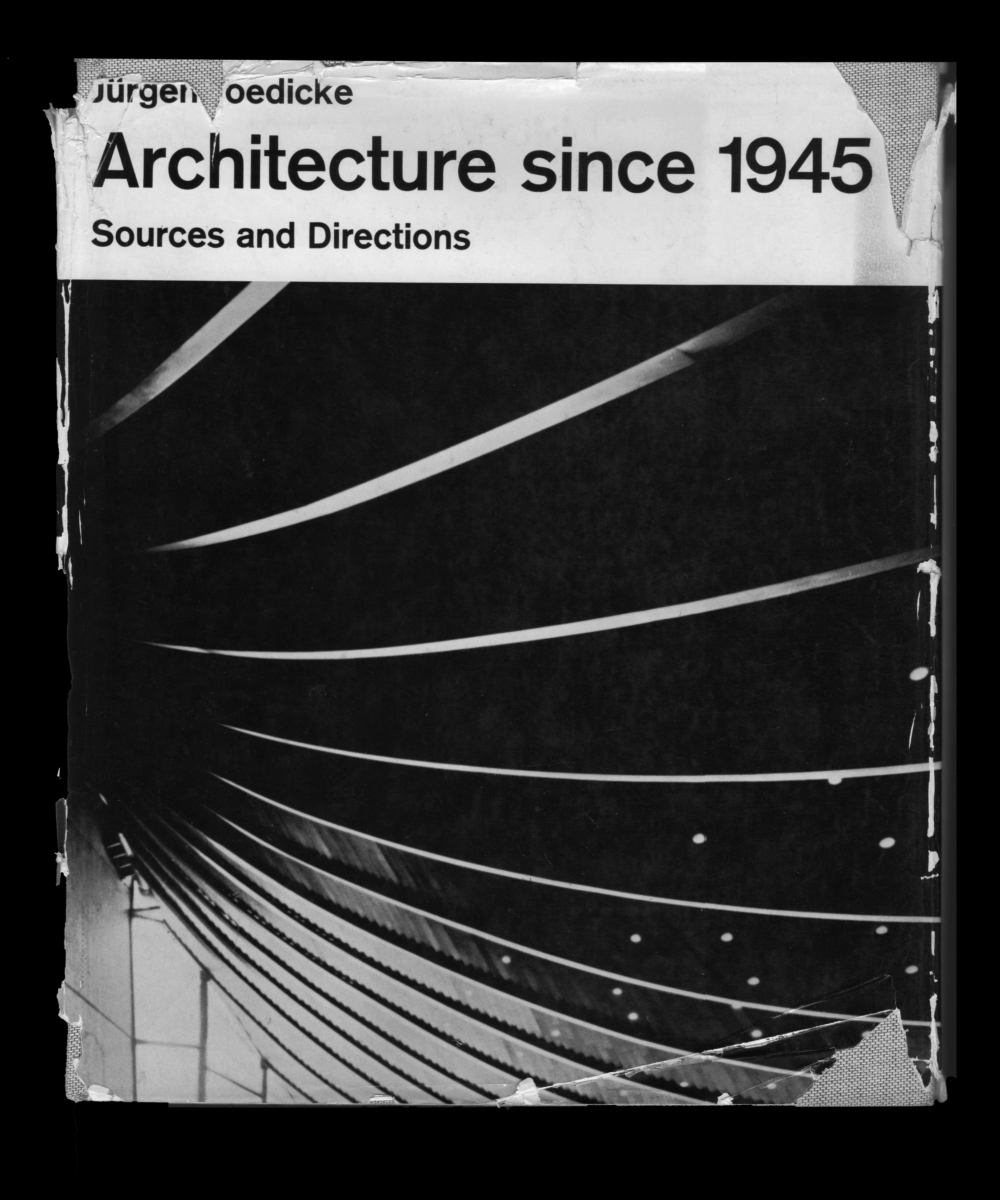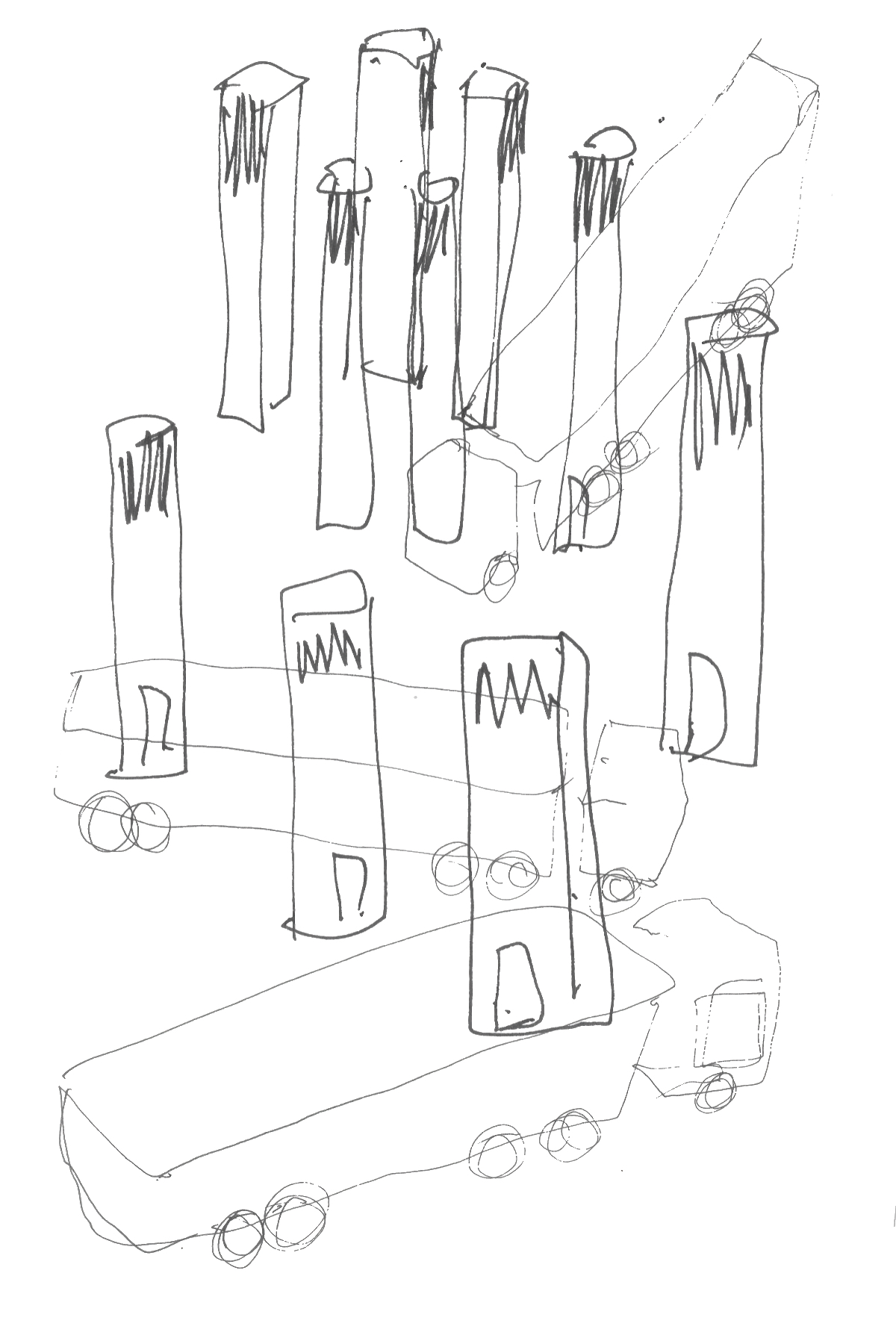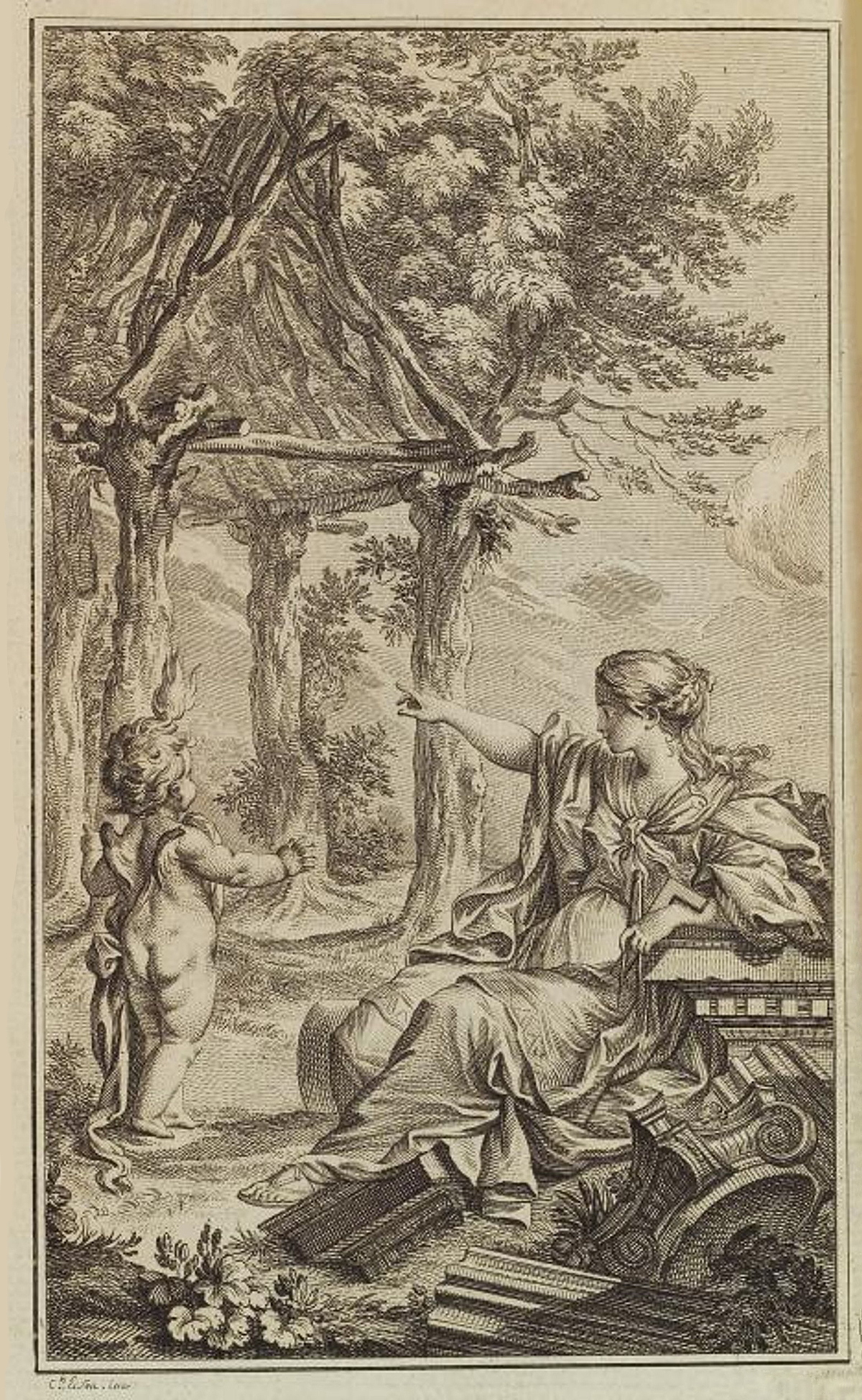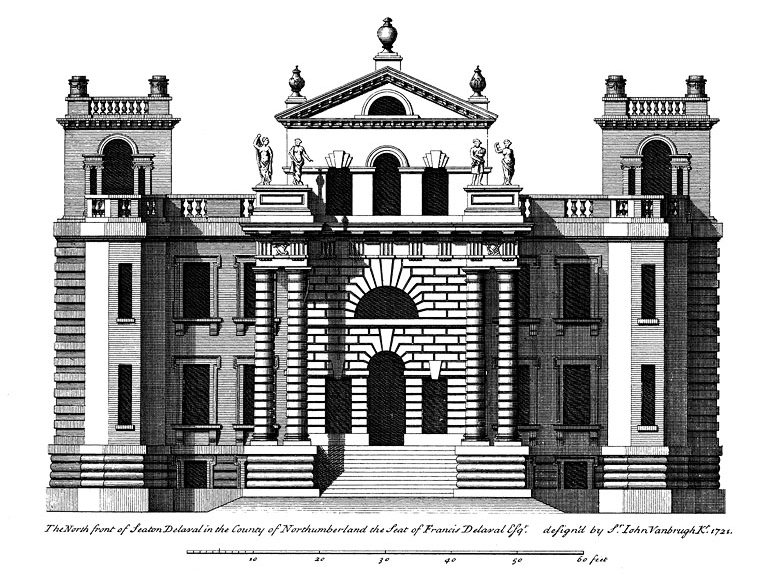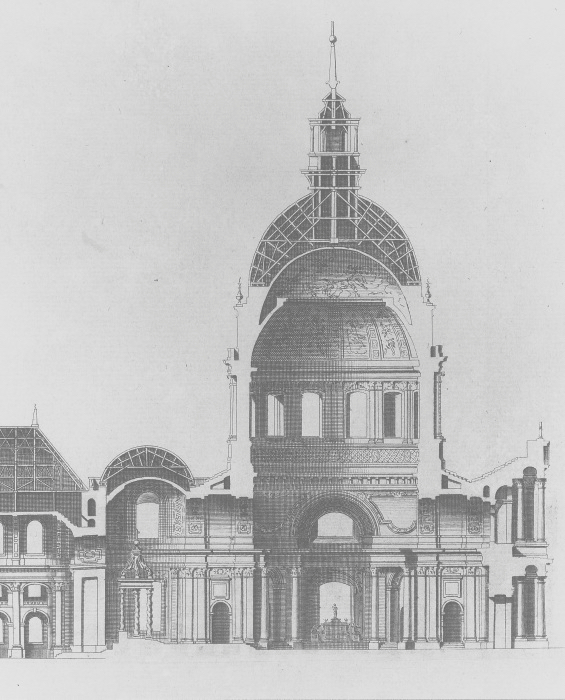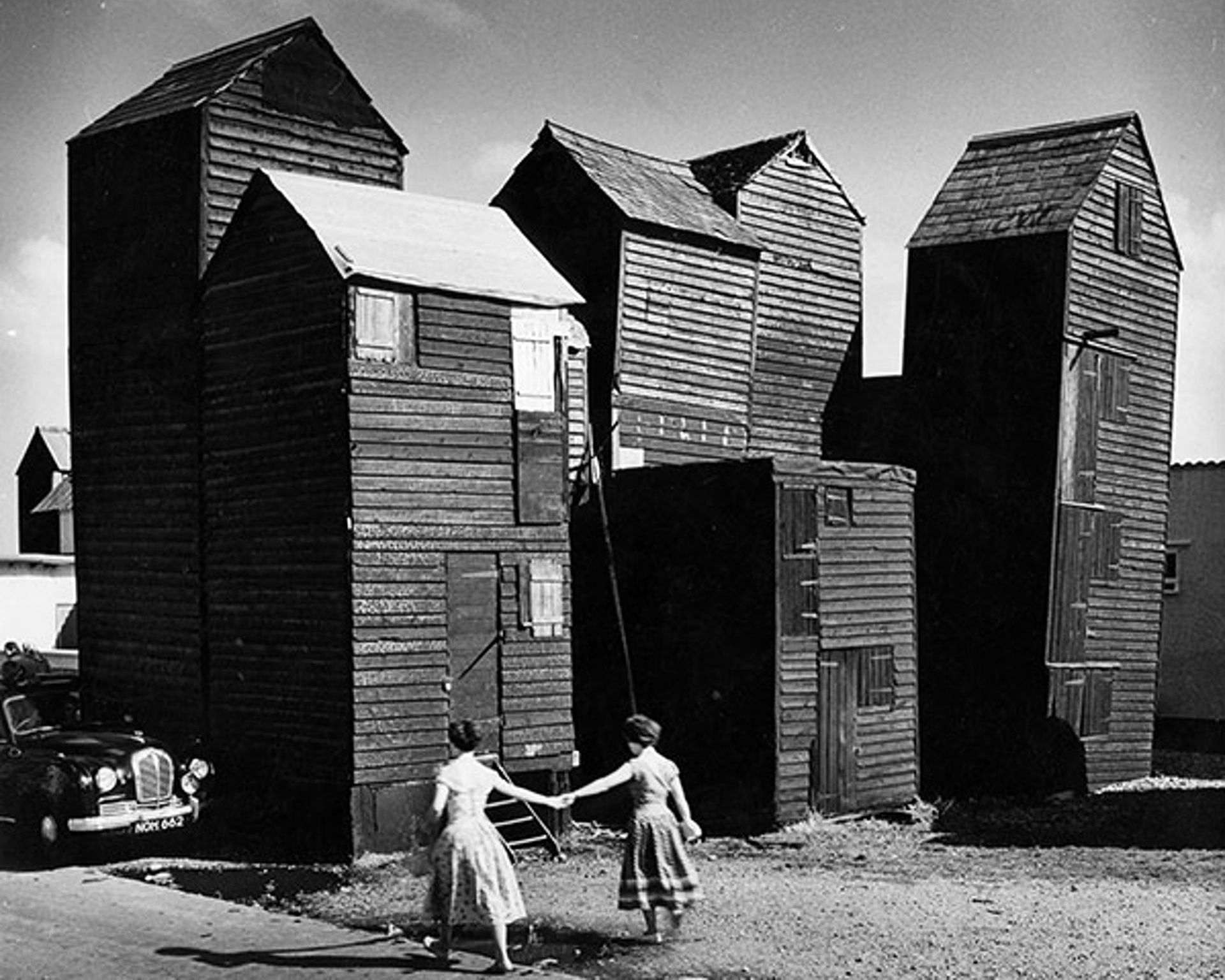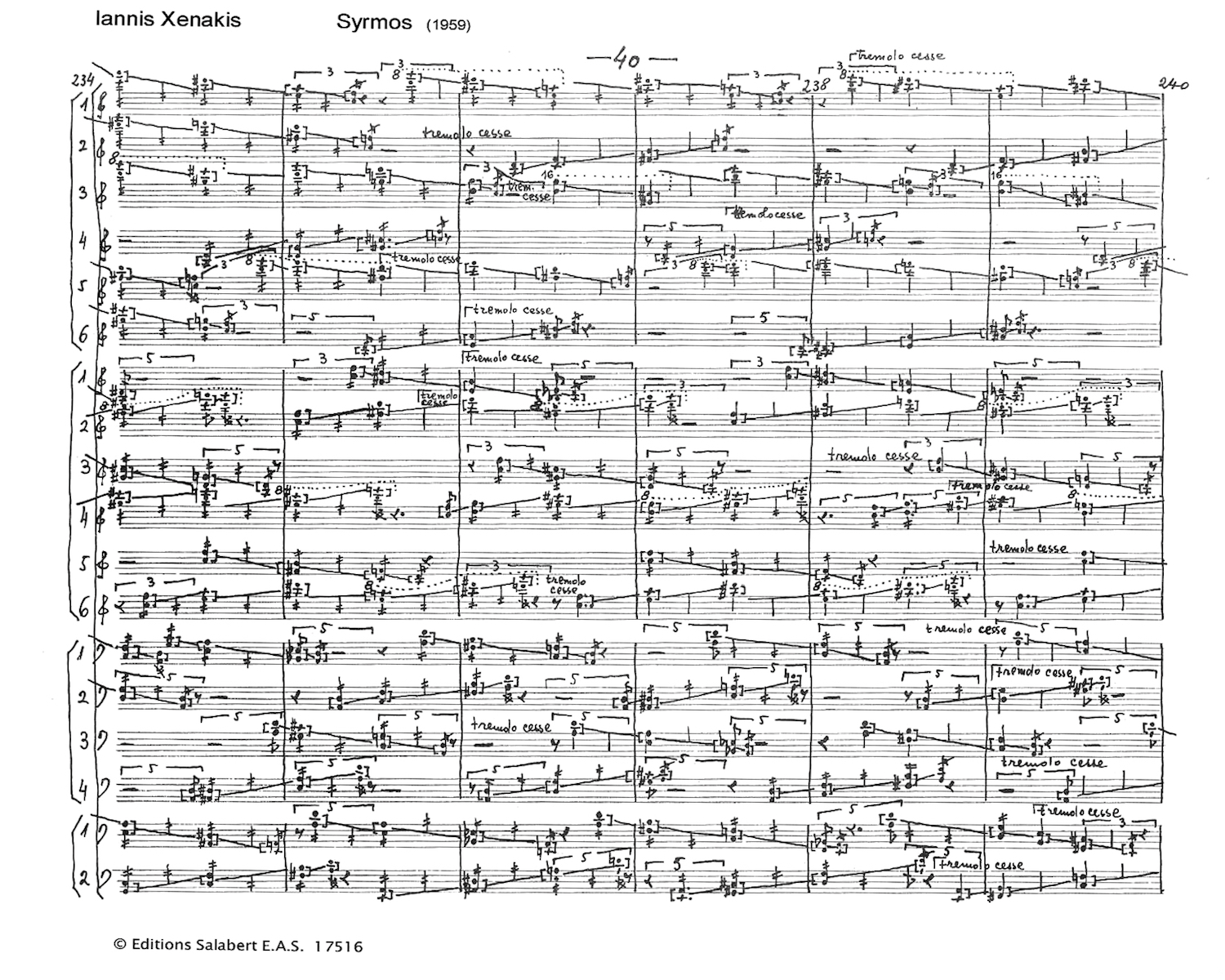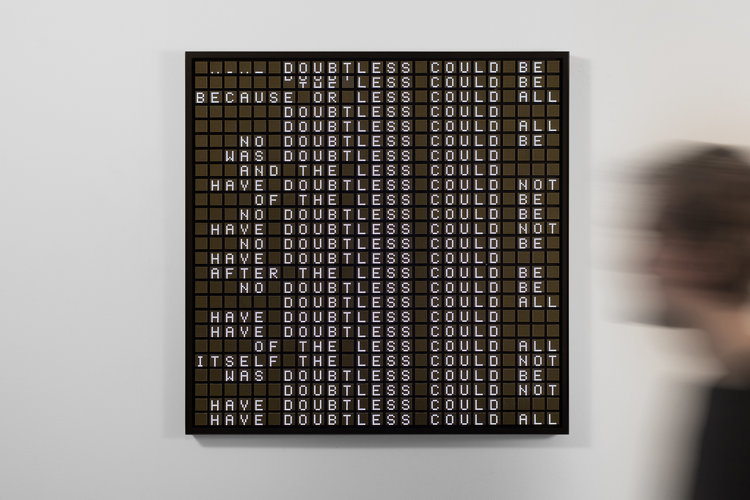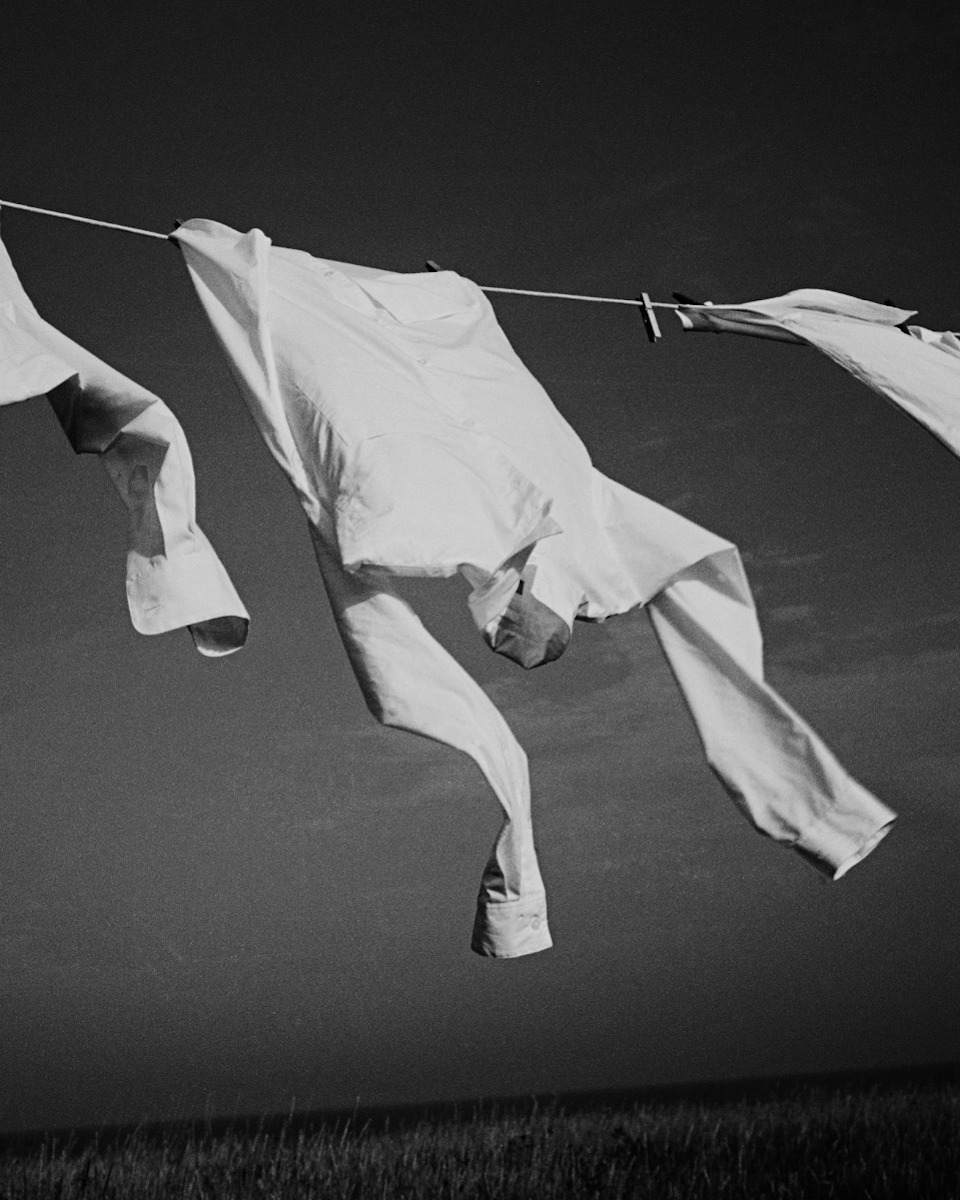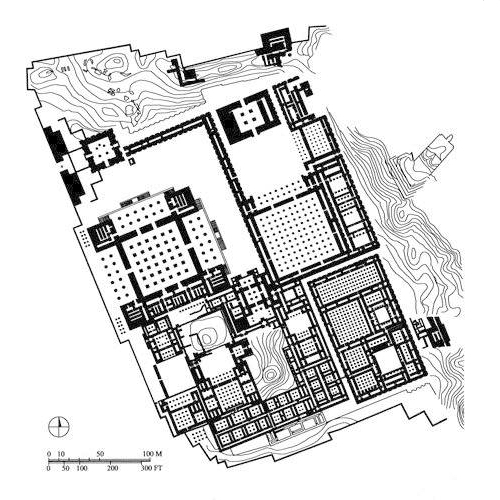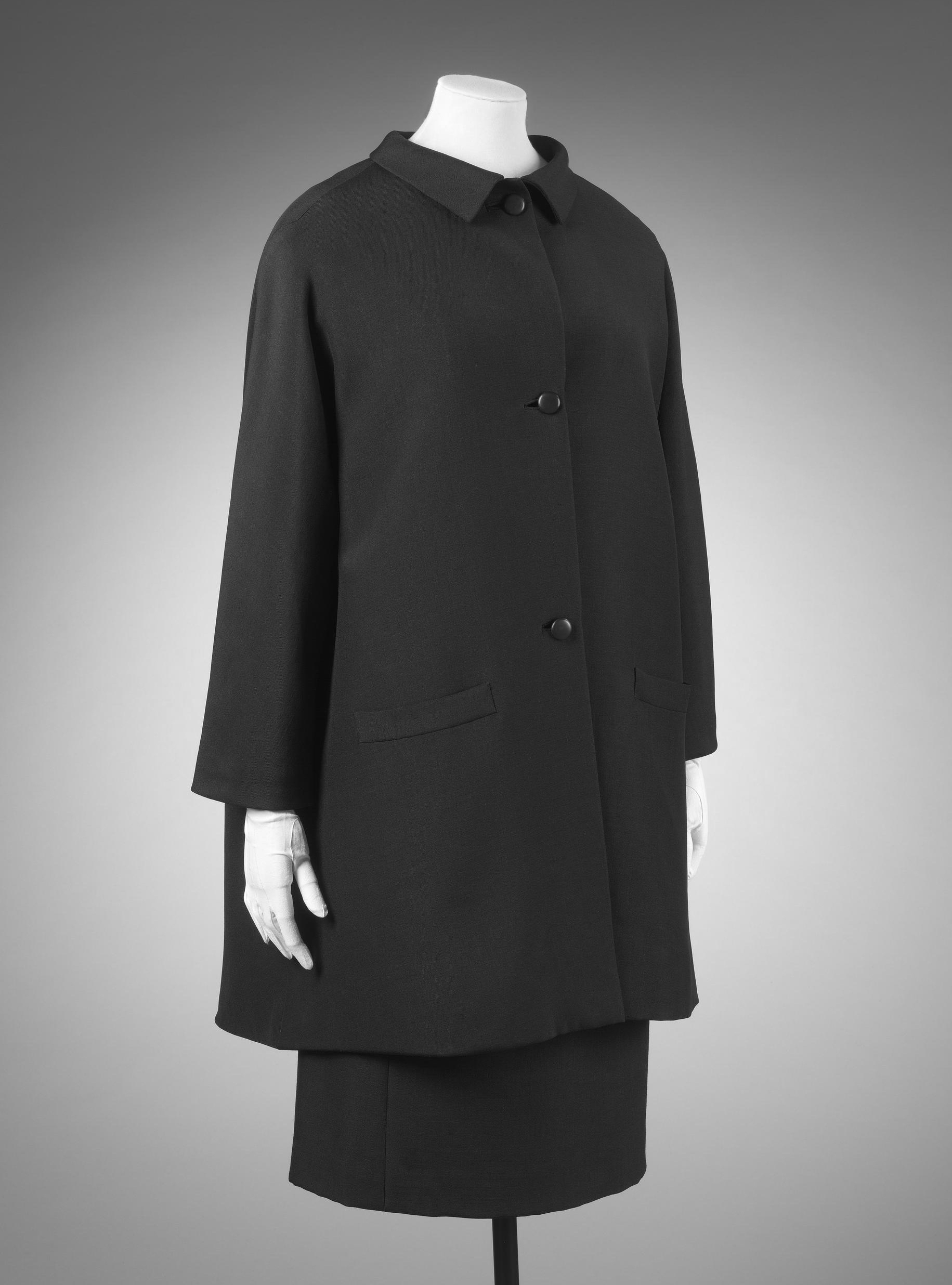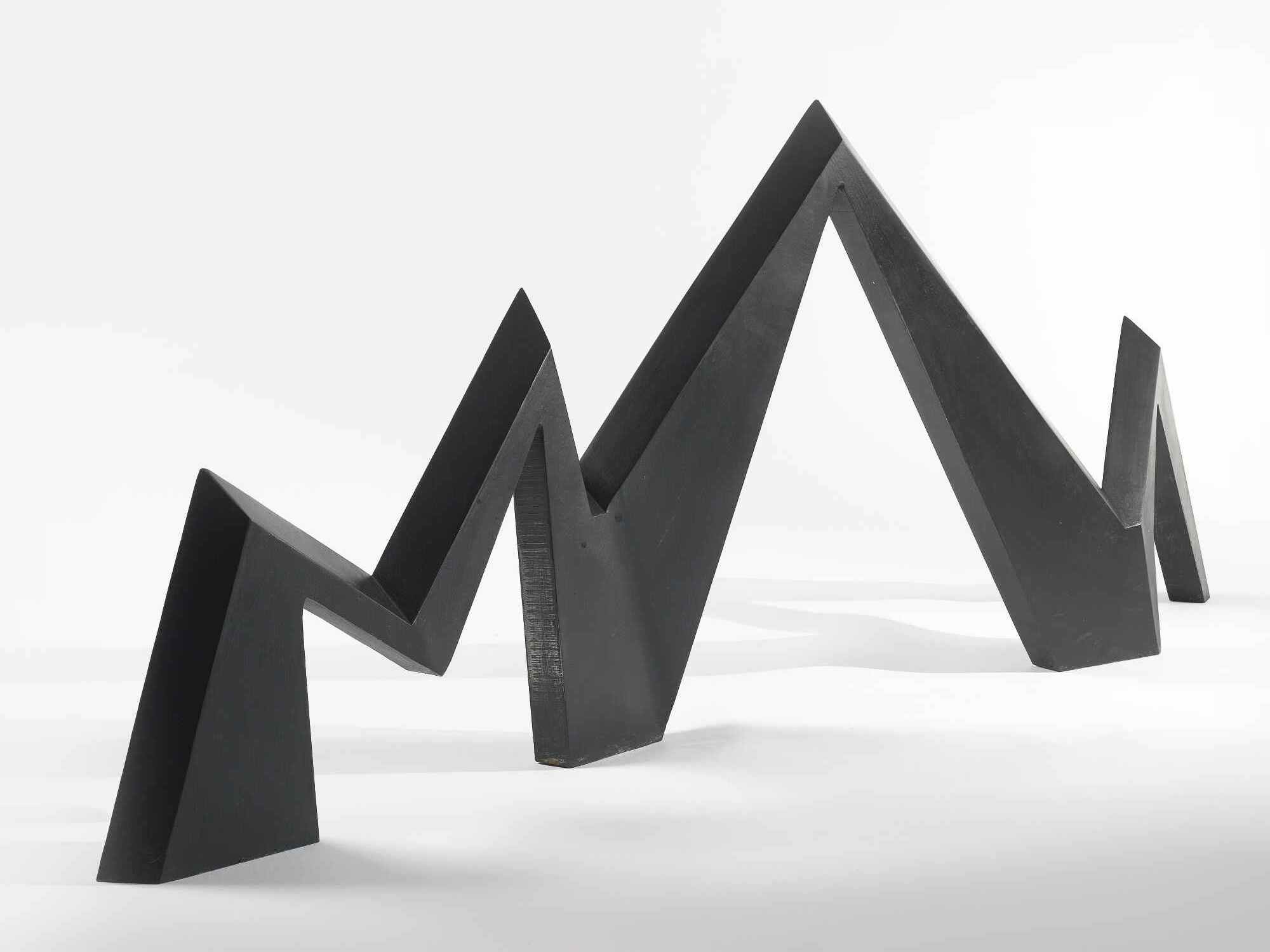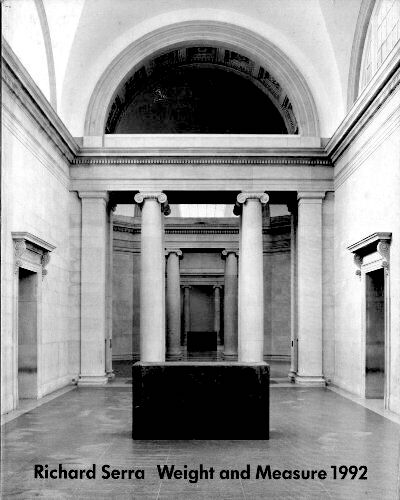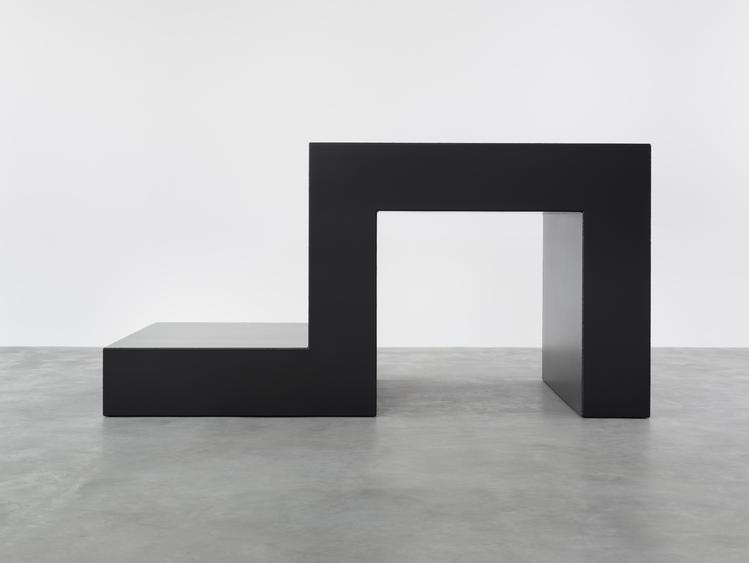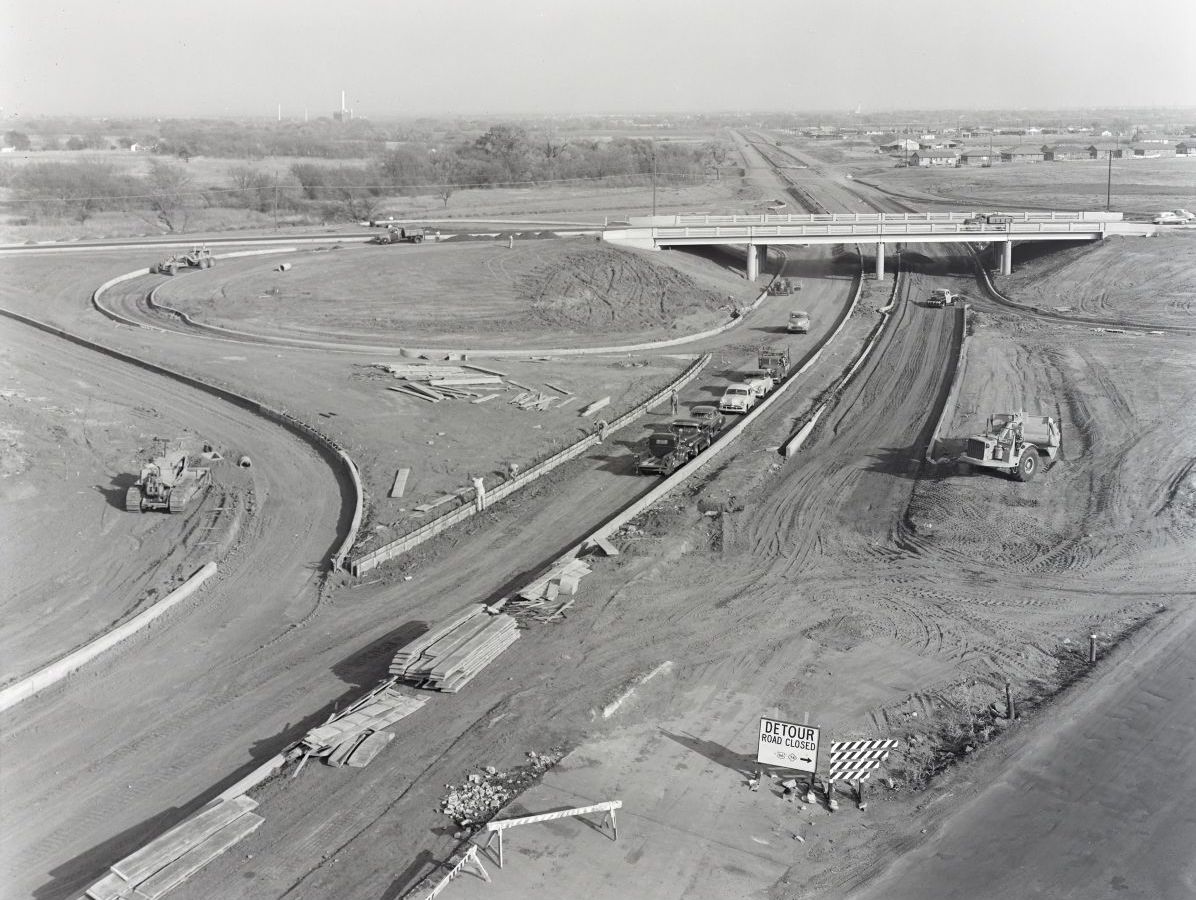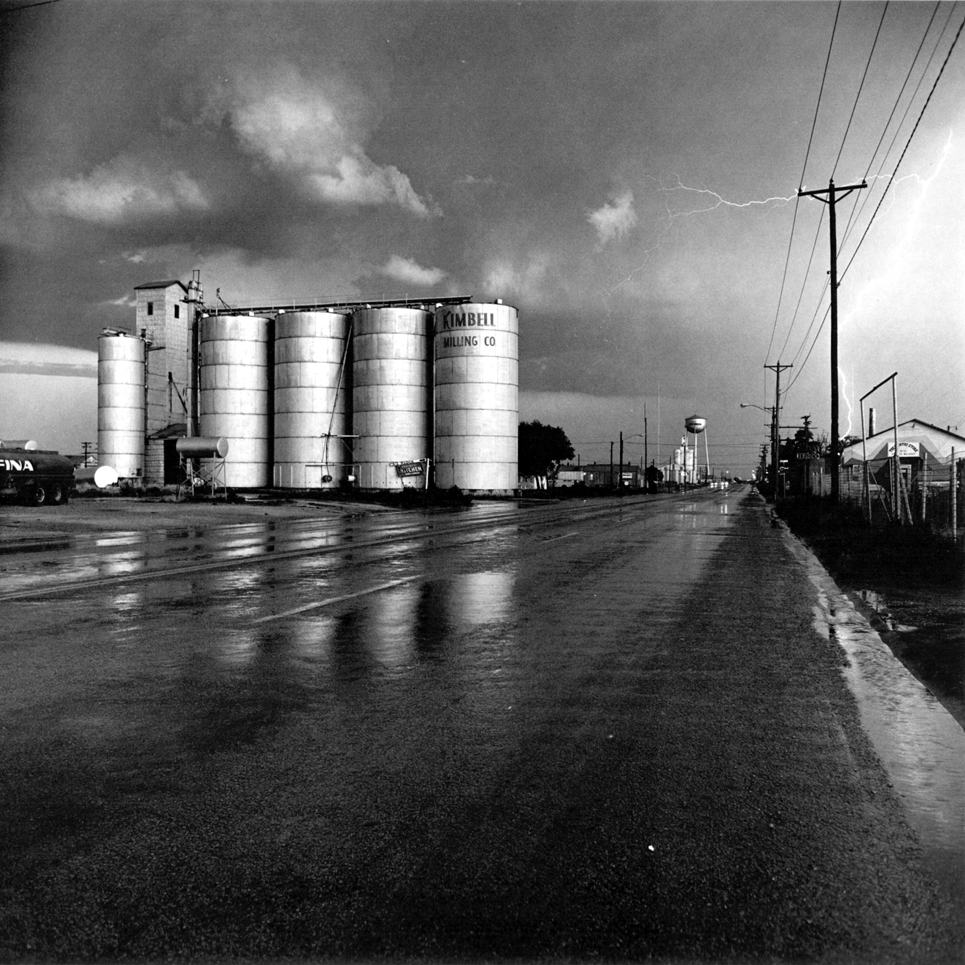This photograph, of huts for drying fishermen’s nets on the beach at Hastings, is one of the most intriguing and evocative of Eric de Maré's work. Eric de Maré (1910-2002) was one of the great photographers of architecture and landscape working in Britain in the years after WWII, with his contemporary Edwin Smith (1912-71) and the later Fay Godwin (1931-2005). This photograph exemplifies the strength of his work: the discovery and portrayal of an extraordinary aesthetic in the ordinary.
Eric de Maré's most influential publication was, without doubt, the special issue of the Architectural Review on 'The Functional Tradition' in 1957, with J. M. Richards, later published in a book The Functional Tradition in Early Industrial Buildings (1958). He recorded industrial architecture - particularly canals and canal-side warehouses - at a particular moment when these buildings had fallen out of use and were subject to wholesale demolition, but had not yet acquired iconic status either from the heritage administration or from architects. His exploratory expeditions and publications - including The Canals of England in 1950 and The Bridges of Britain in 1954 - promoted their emergence from the obscurity and anonymity of working industry into critical appreciation as architecture.
The critical appreciation by architects at the time was not disinterested, of course. Eric de Maré was taken up by several distinct and mutually antagonistic architecture groups:
thomas
deckker
architect





